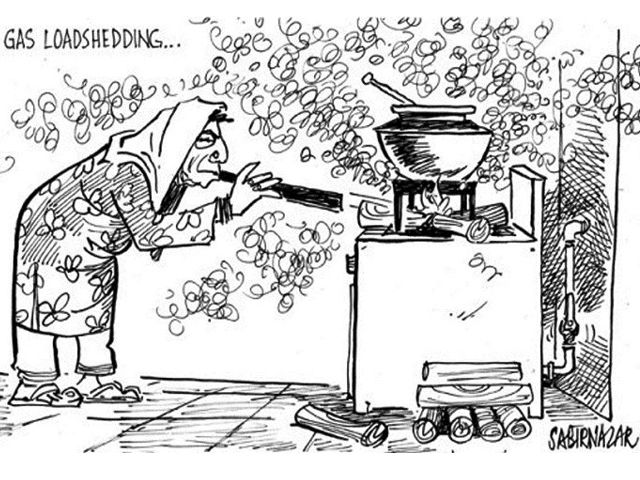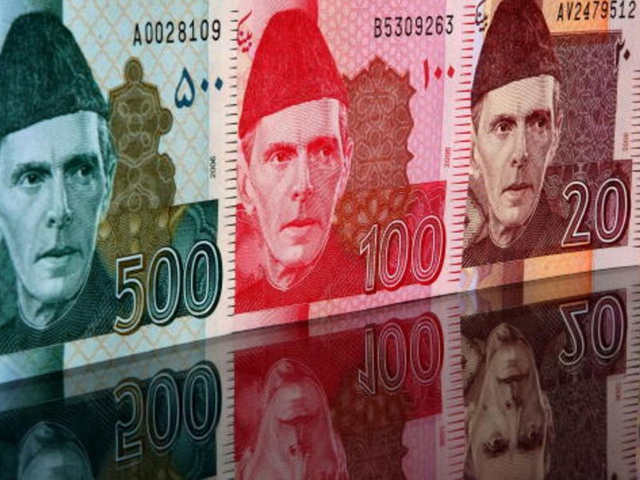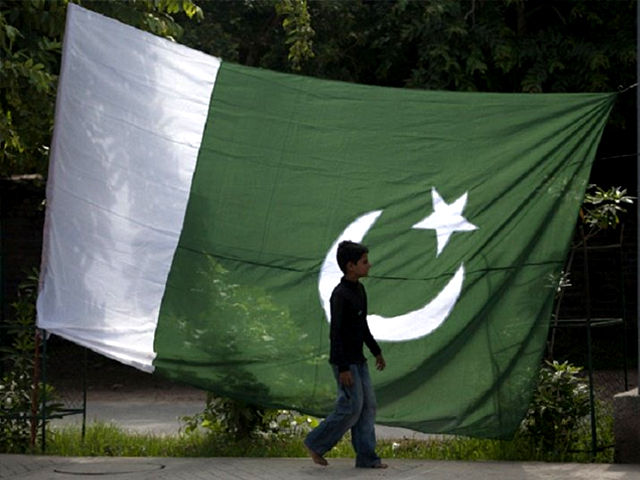
When the poor pay with their lives for fizzy drinks
Having a bottled fizzy drink may well do just as much damage to one’s health as smoking a cigarette, its time we...
Travel through rural Pakistan and two things will strike you. One is heart rending poverty and the other is hospitality. Visitors are greeted with warmth and selfless generosity. The poorest of the poor will immediately call for ‘paani' for their visitors. Paani means water in Urdu, but in the local lexicon it has come to mean a bottled fizzy drink. And 'paani' brooks no refusal. Visitors can demur all they want but the host is not deterred.
“It’s only paani”, he says. “It can do no harm”.
But it can and it does. The impression amongst the general public that it does not, reflects an appalling failure of public policy. But, as always, finding the way out of a mess depends on discovering how one got there in the first place.
Clearly the companies that market fizzy drinks have done a superb job. It is nothing less than a marketing triumph that a fizzy drink has become synonymous with water - the very essence of life. And, in rural Pakistan at least, has become the gold standard of hospitality. Remember that these are people so poor that they have trouble putting a single meal on the table. ‘Paani’ is not cheap. Bottles for five or ten visitors can mean a whole day’s wages for a rural worker and a high probability that his children will go to bed hungry.
For the companies that produce and market these drinks there is big money at stake. The Pakistani market for fizzy drinks is of the order of $600 million per year and growing rapidly. So there is every reason for these companies to invoke all the marketing skills and resources at their disposal.
But this does not mean that public policy makers in Pakistan should watch all this as silent spectators. The ruinous monetary impact on the poor is only the tip of the iceberg. Over the years a growing list of scientific studies has highlighted the health risks of fizzy drinks. The list of diseases associated even with modest consumption of fizzy drinks is long and growing: diabetes, heart disease, prostate cancer, metabolic syndrome (associated with diet drinks), and obesity. All of this can be verified easily with a few Google searches.
Here in Pakistan it is shocking that the rural population thinks ‘paani' is harmless. What they do not know is that each bottle of fizzy drink has nine or ten teaspoons of sugar. This is 100% the recommended daily intake. Add to this a variety of other exotic chemicals - some of which are confirmed carcinogens - and you have a thorny concoction. One expert likens drinking a bottle of fizzy drink to an ‘assault’ on the body.
Researchers led by a group of scientists from Imperial College London recently completed the largest study ever to investigate the link between fizzy drink consumption and diabetes. The results published last April in a wide section of the press are shocking: consuming just one can of fizzy drink a day leads to a 22% increase in the chance of getting Type 2 diabetes.
In Pakistan, Type 2 diabetes - also known as adult onset diabetes - is increasing at an alarming rate. The number of people suffering from the disease has doubled over the past ten years or so from five to ten million people today. And if this rate of growth continues Pakistan will by 2020 have the fourth largest population of diabetics in the world.
Diabetes is a manageable disease. But in Pakistan illiteracy, poor public health services and a general lack of awareness - as witnessed by the myth of 'paani' being harmless - means that diabetes is often fatal. We have on our hands nothing less than a medical emergency. Doing nothing is not an option.
Primarily, the task at hand is raising public awareness of the risk fizzy drinks pose. Public awareness campaigns need to start immediately. Television is the ideal medium. Its footprint now covers almost all of Pakistan. What’s more Pakistan Electronic Media Regulatory Authority (Pemra), the Pakistani media watch dog and licensing authority, has written into contracts with all TV channels that they must make available several minutes of broadcast time every hour at no cost for public service messages.
The task ahead is not simple.
The fizzy drink companies are rich, powerful and smart. Creative, gimmicky marketing using film, music and sports stars projects fizzy drinks as healthy, refreshing and fashionable. This is as far from the truth as it can be. And as new research pours in it is becoming clear that having a fizzy drink may well do just as much damage to one’s health as smoking a cigarette. Cigarette packets now carry a clear health warning. Is it not time that we compel the fizzy drink makers to do the same?




COMMENTS (14)
Comments are moderated and generally will be posted if they are on-topic and not abusive.
For more information, please see our Comments FAQ